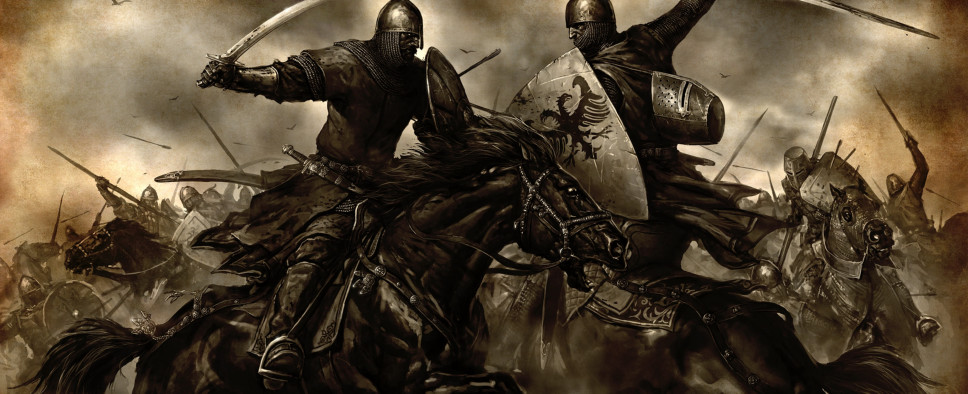Mount & Blade Retrospective Interview
-
Category: News ArchiveHits: 1649

Armağan Yavuz, the founder and CEO of TaleWorlds Entertainment had a chat with PC Gamer recently about his studio's debut project, the original Mount & Blade that back in the day felt pretty unique and revolutionary. The resulting article is part of PC Gamer's ongoing series of features celebrating indie games released a decade ago, back in 2008. It touches on Mount & Blade's humble beginnings, its melee combat-based design, and what can be considered an early example of Early Access. An excerpt:
But in 2008, melee mouse control like these had never been done before—at least not in a way that was actually enjoyable. As far as I could find, 1998's Die By The Sword was the only game before Mount and Blade to attempt a combat system more in-depth than the click-click-click-click routine embraced by every game from Diablo to Oblivion. Though Die By The Sword wins a ribbon for being first, our own Richard Cobbett described it as being "as easy to play as a piano covered with razor wire," which is both an evocative image and a damning indictment.
When Yavuz came up with the basic elements of his melee combat system, he decided to build a game that would let that system shine. As we talk about all the things that made Mount and Blade remarkable for its time—an open-ended world, the lack of a narrative, a strong medieval theme without a hint of Lord of the Rings-style fantasy—it became clear that all of those decisions rested on one thing: will this make the melee combat stand out, or not?
Magic, for example, would just lead to weaker swordplay. "There weren't many action games that played without magic," Yavuz said. The ethos of Dungeons & Dragons was embedded deep in the psyche of videogames. If it wasn't sci-fi and it wasn't set in Afghanistan, a game almost always had swords, bows, and magic missiles. "Getting rid of fantasy elements came [much] later as a decision," Yavuz says. "Once I could see that the swordfighting worked, then I could make a decision to really focus on it; it would be the backbone of the game. I thought it would be a good idea not to water it down with lots of fantasy elements and magic. If we introduced magic, then we'd have to make it balanced and give magic users a chance to defeat sword-fighters."
Making the game open-ended, without a structured narrative, was a way to guide players toward growing their mastery of the combat. "If you [have] an interesting mechanic like this, you need to make it replayable," Yavuz says. "If you made a story-driven game where you expect the player to spend 10-15 hours, by the time they master the mechanic they've finished the game. The sandbox nature also gives the player more time to learn the combat and excel."

